As though freshly cut from the quarries of Istria, the mullioned white facade of the Palazzo Vendramin Grimani gleams in the May sunshine. Situated on the western bank of the Grand Canal, just up from the Rio di San Polo, the historic palazzo was once owned by the Grimani of San Polo, a minor branch of the ancient Grimani family. More illustrious branches of this Venetian family once owned Palazzo Grimani, now a museum, and the Palazzo Grimani di San Luca, which houses the Court of Appeal of Venice. Smaller and less imposing, Vendramin Grimani was until recently just another dilapidated palazzo, rather dwarfed by its neighbours. Now, for the first time in its 500-year history and after two years of restoration, it is being opened to the public.
Under the aegis of the Fondazione dell’Albero d’Oro (‘Foundation of the Tree of Gold’), which is named after the Grimani of San Polo, who were also known as the Grimani dall’Albero d’Oro, the palazzo is intended to be a cultural centre that will combine exhibitions of artworks previously owned by the families who lived there with contemporary works produced by artists on site in response to its history. According to Daniela Ferretti, former director of the Museo Fortuny (another historic palazzo-turned-museum in Venice) and now administrator of the foundation’s board of directors, one key aim of the project will be to investigate the history of the palazzo, its art collections and the families who lived there. Having salvaged these forgotten elements of Venice’s past, the foundation plans to use them to inspire future generations of artists, and to show that the city is about more than just ‘masks, plastic and overlit vitrines’. This may be the most photographed city in the world but, Ferretti tells me, there are still many ‘hidden treasures’ waiting to be discovered. Béatrice de Reyniès, director of the board, hopes the project will encourage visitors ‘to continue to love Venice’.
The foundation was established in 2019 by five friends – including De Reyniès, Ferretti and Gilles Étrillard, the president – who were united by their love of art and Venice. Étrillard is chair of the LFPI Group, an international asset management company that bought the palazzo in 2019 and rents it out to dell’Albero d’Oro; he is also president of the Geneva-based philanthropic organization Fondation Étrillard, which claims dell’Albero d’Oro as its ‘daughter’ foundation and has loaned works for the opening exhibition. This exhibition demonstrates the founders’ dual interest in salvaging the past and using it as a stimulus for contemporary art. On the ground and first floors is work by two photographers, Patrick Tourneboeuf from Paris and the Venetian Ugo Carmeni, who were commissioned to document the palazzo’s restoration. The past is represented on the first floor, or piano nobile, by works including portraits of the Venetian doge Andrea Contarini (by Tintoretto) and his wife Maria Ragazzoni (by Montemezzano), both of which were bought in 1857 by a later heir to the palazzo, Marcantonio Grimani Giustinian.
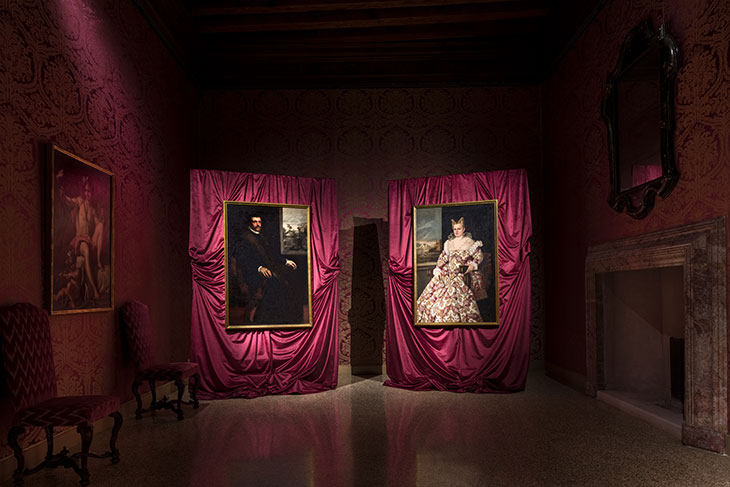
Portraits of Andrea Contarini, by Domenico Tintoretto, and Maria Ragazzoni, by Francesco Montemezzano. Photo courtesy Ugo Carmeni and Fondazione dell’Albero d’Oro
Finding the right palazzo was a challenge, says De Reyniès. While there are a number of vacant palazzi in Venice, the interiors of many are in ruins, meaning that a restoration project could take years and incur enormous costs. She cites as an example the restoration currently being undertaken by the Anish Kapoor Foundation of Palazzo Manfrin in the Cannaregio district. Palazzo Manfrin is substantially larger than Vendramin Grimani; the project looks set to take several years and cost tens of millions of euros. In contrast, the directors of dell’Albero d’Oro wanted a palazzo which was already in fair shape internally and of modest dimensions. It took them more than two years to settle on Vendramin Grimani.
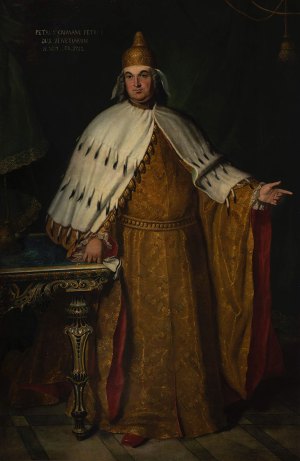
A portrait of Pietro Grimani. Photo: Ugo Carmeni
According to the records, there was a Venetian-Byzantine house on the site of the present palazzo from at least 1365. In about 1500, Giovanni Vendramin, the son of former doge Andrea Grimani, rebuilt it with a harmonious stone facade decorated with panels of Egyptian porphyry and Grecian marble. The facade can be inscribed within an imaginary square and circle. When the owner stepped out of the middle window of his high-ceilinged reception hall on to the balcony, his head would be positioned at the exact centre of the facade, as if it were an enormous picture frame. The architect is unknown, but some have attributed the building to one of the Lombardo masters, leading artists in Renaissance Venice. In 1517, Giovanni’s daughter Elisabetta married Antonio Grimani, and brought the palazzo as her dowry. A high point in the palazzo’s history was in the first half of the 18th century, when Pietro Grimani, doge and former ambassador to England, encouraged a circle of Enlightenment poets and playwrights to gather in his library there.
The restoration works started in 2019, and were completed earlier this year. They involved a comprehensive cleaning and restoration of the facade, as well as internal modernisation, such as the installation of electricity, heating, lighting and climate control, the resurfacing of floors, and the removal of heavy curtains around some of the internal doors. Only parts of the ground and first floors, the location of the opening exhibition, will be open to the public. The second floor, a second piano nobile that is almost as grand as the first, is notable for a series of frescoes from the 1820s depicting the marriage of Cupid and Psyche, painted in honour of Marcantonio Grimani Giustinian’s marriage to Paolina Manin, the niece of Venice’s last doge, Ludovico Manin. For now, at least, it will be used for corporate functions as a way of raising money. The third floor, in the eaves, will contain guest quarters and working areas for artistic activity.
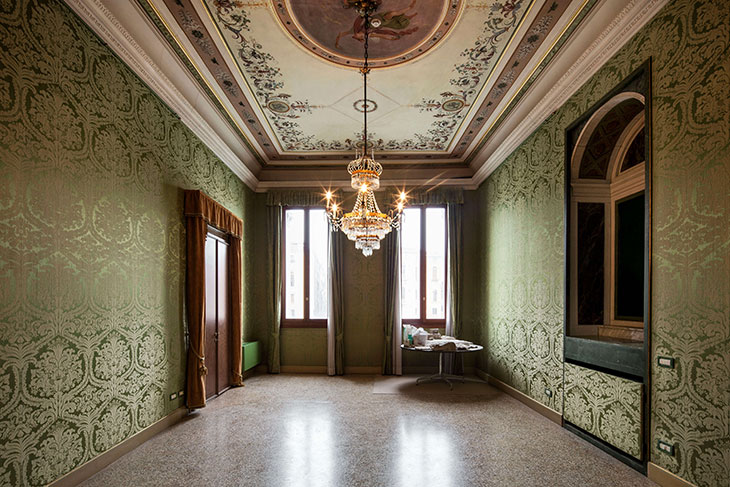
Palazzo Vendramin Grimani (2021), Patrick Tourneboeuf. Courtesy the artist and Fondazione dell’Albero d’Oro
One of the aims of the foundation is to reunite works that were originally owned by the Grimani family and put them on display once more. So far, progress has been slow. Much of the collection was sold off in the 1790s, and has dispersed around the world; a neoclassical statue of Orpheus by Canova, commissioned by Marcantonio Grimani Giustinian di Pietro in 1777, is now in the Hermitage of St Petersburg. The foundation already has art historians scouring the archives, but it is often difficult, according to Ferretti, not only to identify the works, but then to find where they are today, since many are in private collections. Even then, not all museums or collectors are willing to lend. ‘It’s a task out of Indiana Jones,’ she says.
The origins of the name ‘dall’Albero d’Oro’ are uncertain. It was attributed to the Grimani of San Polo in the 18th century, whether because of the supposed purity of their lineage, or because of the once gilded decoration on the palazzo’s facade. Ferretti also sees the name as a metaphor for the foundation’s projected cultural role: ‘A tree is something that has deep roots but disseminates its produce outside. We who excavate in its history are the roots, and those who create will be its branches and flowers.’
The Palazzo Vendramin Grimani opened for pre-booked tours on 24 May; these will be free until 6 June. A fuller programme of cultural events is due to be announced in September.
Unlimited access from just $16 every 3 months
Subscribe to get unlimited and exclusive access to the top art stories, interviews and exhibition reviews.

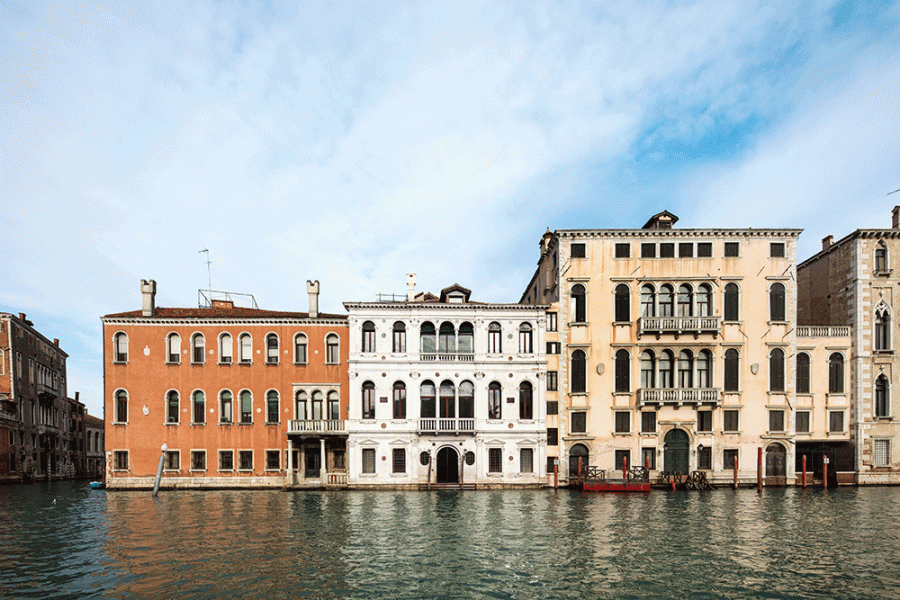
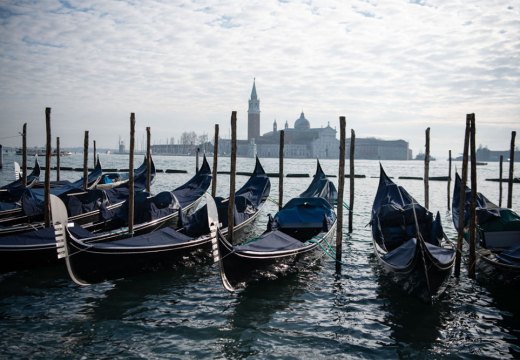
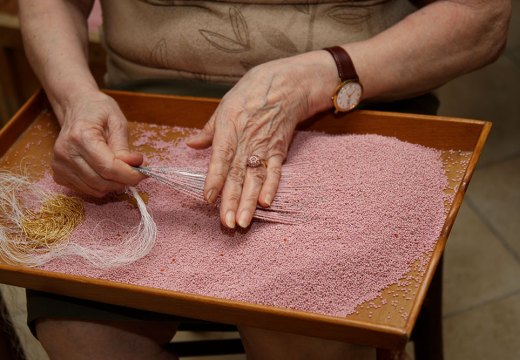
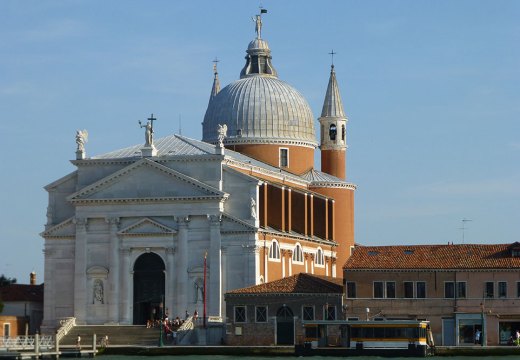









![Masterpiece [Re]discovery 2022. Photo: Ben Fisher Photography, courtesy of Masterpiece London](http://www.apollo-magazine.com/wp-content/uploads/2022/07/MPL2022_4263.jpg)
Has the Fitzwilliam lost the hang of things?